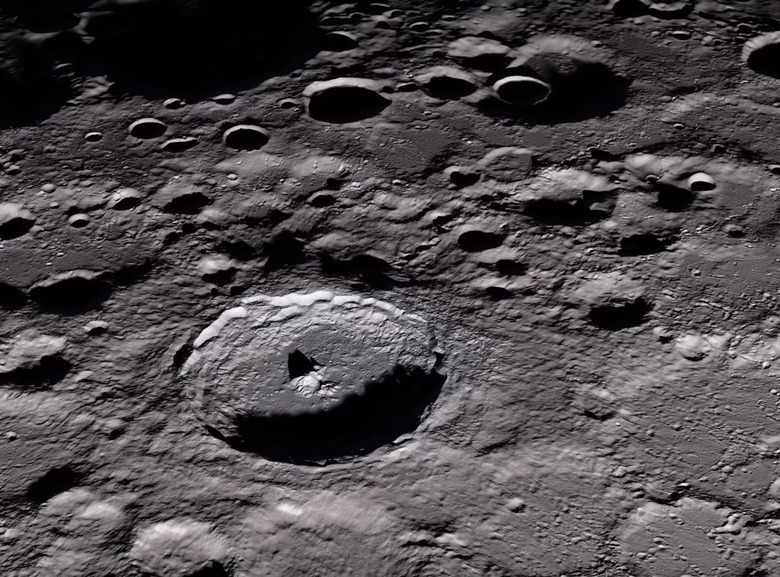Woman With Vial Of Moon Dust Is Proactively Suing NASA To Prevent Its Seizure
It should go without saying, but material from the Moon is pretty rare here on Earth. The Apollo astronauts brought a whole bunch of lunar material back with them but virtually none of that is in the hands of the general public. A Cincinnati woman named Laura Cicco might be one of the very few private citizens with a piece of the Moon that she can call her own, and now she's suing NASA to make sure they don't try to take it from her.
Cicco was first given a tiny vial of moon dust when she was just ten years old, the Washington Post reports, along with a handwritten note from astronaut Neil Armstrong. It was the 1970s, and Cicco — then Laura Murray — had a connection to the famed space traveler via her father, a US Army and FAA pilot who was friends with Armstrong. Decades later, she would rediscover the vial of pale gray dust in a box of her parents' belongings, and now she's fighting to make sure it remains in her possession.
The lawsuit, which Cicco filed this week in federal court, is a proactive measure to prevent NASA from attempting to claim the vial of dust. To be clear, NASA hasn't actually attempted to retrieve the dust from Cicco, and it's unclear if the agency has or had any plans to do so, but if they did it certainly wouldn't be without precedent.
NASA has made a habit of hunting down lunar artifacts that have escaped its possession in the past. Perhaps most famously, a "lunar sample return" bag used by Neil Armstrong during the Apollo 17 mission was mislabeled by a government employee and auctioned off to the public by mistake. It was bought and eventually resold, but not before NASA did everything in its power to get the bag back. A court ultimately decided that the government was not the rightful owner, and the artifact remains in private hands.
The vial of dust that Cicco was gifted has been analyzed at least twice, with scientists ruling that it is "likely" a sample of the lunar surface. However, the possibility that the material is actually of terrestrial origin can't be ruled out. Nevertheless, it's clearly pretty special to its owner and we'll have to wait and see if NASA decides to make a move.
